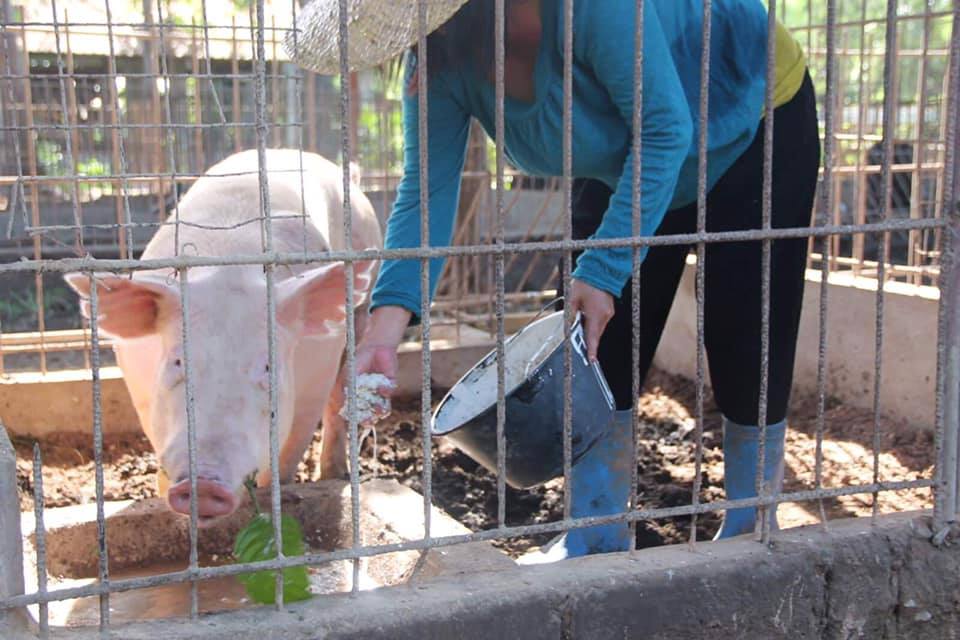Slowdown in CV hog production expected due to NIR
Supply of lechon in Cebu also eyed to be affected

Photo courtesy of Bureau of Animal Industry FB page
CEBU CITY, Philippines — With only Bohol and Cebu to remain as provinces in Central Visayas, the agriculture sector is expected to face challenges especially hog production.
As Negros Oriental and Siquijor join Negros Island Region (NIR), about 14 percent of Region 7’s economy will be lost, according to the Philippine Statistics Authority (PSA-7).
The production of goods and services is part of the economy.
READ:
Cebu governor extends ban on pigs, pork-related products from Negros
Pork producer group in PH warns of culling’s impact on hog industry
Despite ASF threat, Philippine hog industry sees better 2024
Gerry Avila, chief of the Field Operations Division of the Department of Agriculture here (DA-7), told CDN Digital in an interview that with the impending split, CV hog production is expected to spiral.
However, he assured that even if the two provinces split from Central Visayas, their agency will still be helping NIR in some ways.
“It is life. Liliit man ang Region 7, but basically Region 7 is still the center for commerce and trade. So, by all means we’ll still be helping them in terms of the market,” Avila said.
Furthermore, he said that he believes the NIR would craft ways in improving their government services.
“But of course, we will miss them. They were our partners and most of the time, we would be there helping each other,” Avila added.
Supply for lechon in Cebu
Aside from that, Avila said that the NIR would be a “big thing” for them especially that “Negros (Oriental) is also our (Central Visayas) contributor when it comes to livestock production.”
“Earlier, it was mentioned that Region 7 is number one in hog production, goat production, and chicken. Ang laki ng mga supply dito sa Cebu na for lechon are coming from Negros Oriental, so that could be a big reduction when it comes to production for Region 7 because they are now NIR,” Avila said.
However, Avila was not able to provide the data about CV hog production and goat production as of press time.
READ:
DBP ramps up support to local hog industry
According to the data presented by DA-7 OIC Regional Executive Director Cirilo Namoc on Tuesday in a news forum hosted by the national government’s media arm, the total land of Central Visayas currently stands at 1,499,940 hectares.
Of the number, 925,051 hectares are considered forest, timberland, and buildup areas; while the remaining 524,889 hectares are considered agricultural land.
Negros Oriental has a total of 228,883 hectares; Cebu 146,056; Bohol 136,613; and Siquijor 13,337. With the NIR, Central Visayas’ agricultural land will now be only 282,669 hectares.
As of May 15, 2024, the DA-7 reported that there are 184,318 registered farmers in Bohol; 248,825 in Cebu; 147,346 in Negros Oriental; and 113,023 in Siquijor. In total, there are 593,512 registered farmers in Central Visayas.
Last June 13, President Ferdinand Marcos Jr. signed into law the the NIR which will put Negros Occidental, Negros Oriental, and Siquijor under one region.
Disclaimer: The comments uploaded on this site do not necessarily represent or reflect the views of management and owner of Cebudailynews. We reserve the right to exclude comments that we deem to be inconsistent with our editorial standards.
